Should You Leave the Leaves This Fall? Why Leaf Litter Could Actually Help Your Yard (And When to Bag It Up)
Before you grab your rake for the big fall cleanup, read this: you might find it’s better for your garden to leave the leaves. Here’s how to get leaf litter working for you
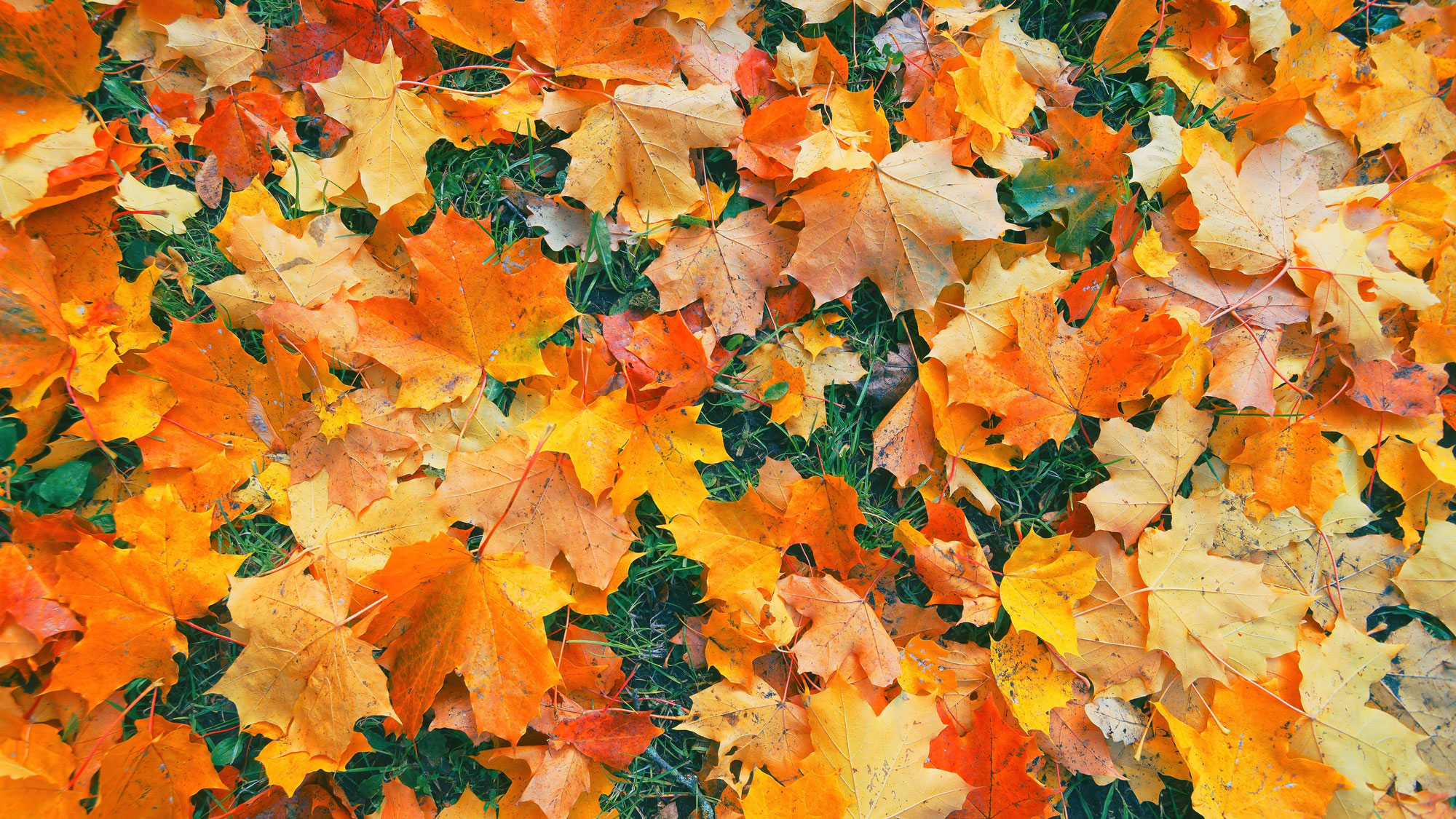

Has anyone ever told you that you could be doing your garden a big favor in fall if you simply leave the leaves on the ground? When it comes to the ‘leave the leaves’ movement, I was ready, willing and eager to be convinced. Who loves to rake? Not me! And especially not me when it comes to raking my very steeply sloped yard in France, where I have planted over 200 trees. That’s a lot of leaves.
Raking up the leaves traditionally tops everyone’s list of what you need to do in your garden in fall. But lately, more gardeners are opting out of this seasonal chore, believing it’s better to leave those fall leaves where they land. If you’re a lazy gardener or time-poor grower, or simply curious to explore new approaches to seasonal garden care, it’s time to contemplate the great fall cleanup debate.
So, should you leave the leaves? Read on to find out how this new approach to yard care could revamp the way you approach fall cleanup – and when it might still be a mistake to ditch the rake.
Why Leave the Leaves?
Should I leave the leaves on my lawn? Like me, you may be tempted to say yes – just to avoid the big fall garden cleanup. But there are other, less selfish reasons to stop raking and bagging all those dead leaves. The leave‑the‑leaves movement is based on the fact that fallen leaves can protect wildlife and support the natural ecosystem, as well as helping a garden at ground level in other ways. For anyone interested in adapting their approach to caring for the lawn, this idea has a long history.
Picture a forest in the wild or a natural meadow. Since time began, fallen leaves have enriched the soil of these wild areas, and native plants have evolved to use these nutrients. That carpet of fallen leaves also protected young plants from cold winter weather and prevented erosion. But as civilization moved in, clean lawns became the norm, putting the brakes on nature’s soil fertilization process. Instead, people started adding chemical fertilizers and using processed mulches instead of natural resources.
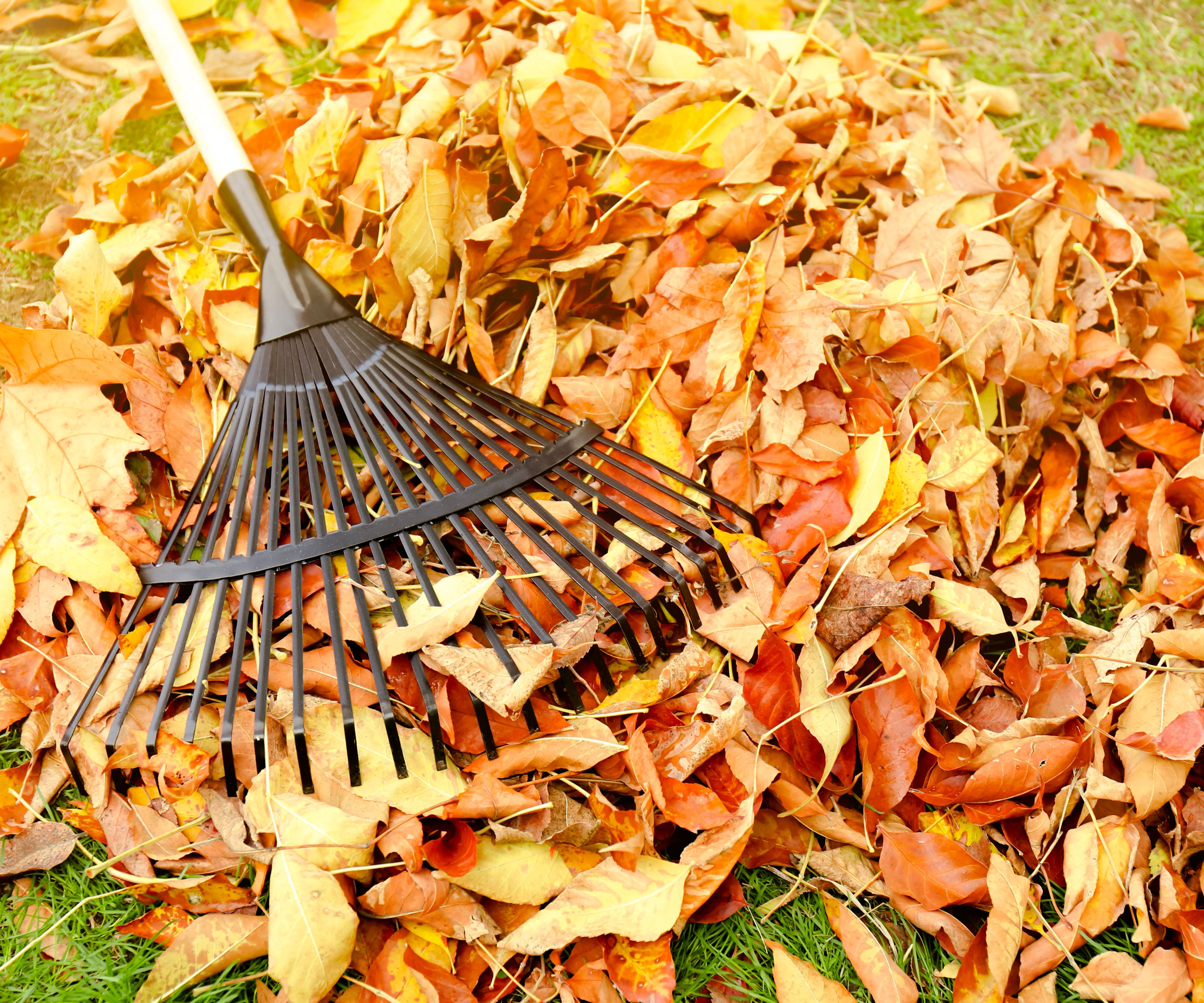
It can perhaps seem rather radical to take a massive step back from lawn care cleanups and fall care on this basis. But one helpful mindset at this point is this: you don’t have to go all‑or‑nothing. Think of leaves as a resource that you redistribute – away from problem spots and towards places they benefit most. It can help to see them as a supplement to other fall care applications, supporting jobs like mulching with dedicated materials like Back To The Roots Organic Mulch from Amazon (rather than replacing other sources completely).
Benefits of Leaving the Leaves
So when is it good to leave the leaves on your lawn and garden – and are there any basic guidelines for deciding? To be fair, there are pros and cons. These are the primary benefits – plus a few extra details that gardeners notice once they try it.
Sign up for the Gardening Know How newsletter today and receive a free copy of our e-book "How to Grow Delicious Tomatoes".
- Mulch: Fallen leaves cover the soil and protect young plants from temperature extremes – cold weather in winter, hot weather in summer. The leaf mulch also prevents erosion. And this is a mulch you don’t have to remove in springtime. It naturally disintegrates into the soil. You can shred thick layers with a mulching mower or leaf shredder, such as the Worx WG509 Leaf Mulcher from Amazon. Make sure pieces are roughly dime‑sized. A light layer on beds, 2-3 inches (5-7.5 cm) thick, breaks down beautifully and still lets perennials push through.
- Nutrients: As the leaves disintegrate, they add nutrients to the soil. They also add organic material, helping to supercharge the soil so it can absorb water more readily. It also makes it easier for plant roots to sink into the soil. If you’re curious about soil health, leaf mold – basically half‑rotted leaves – improves texture and water‑holding better than many store‑bought mulches. You can use a soil meter such as Raintrip 4-in-1 Soil Meter from Amazon to assess soil health and moisture as leaves fall. But I’ve seen beds fed with leaf mold hold moisture noticeably longer in dry spells.
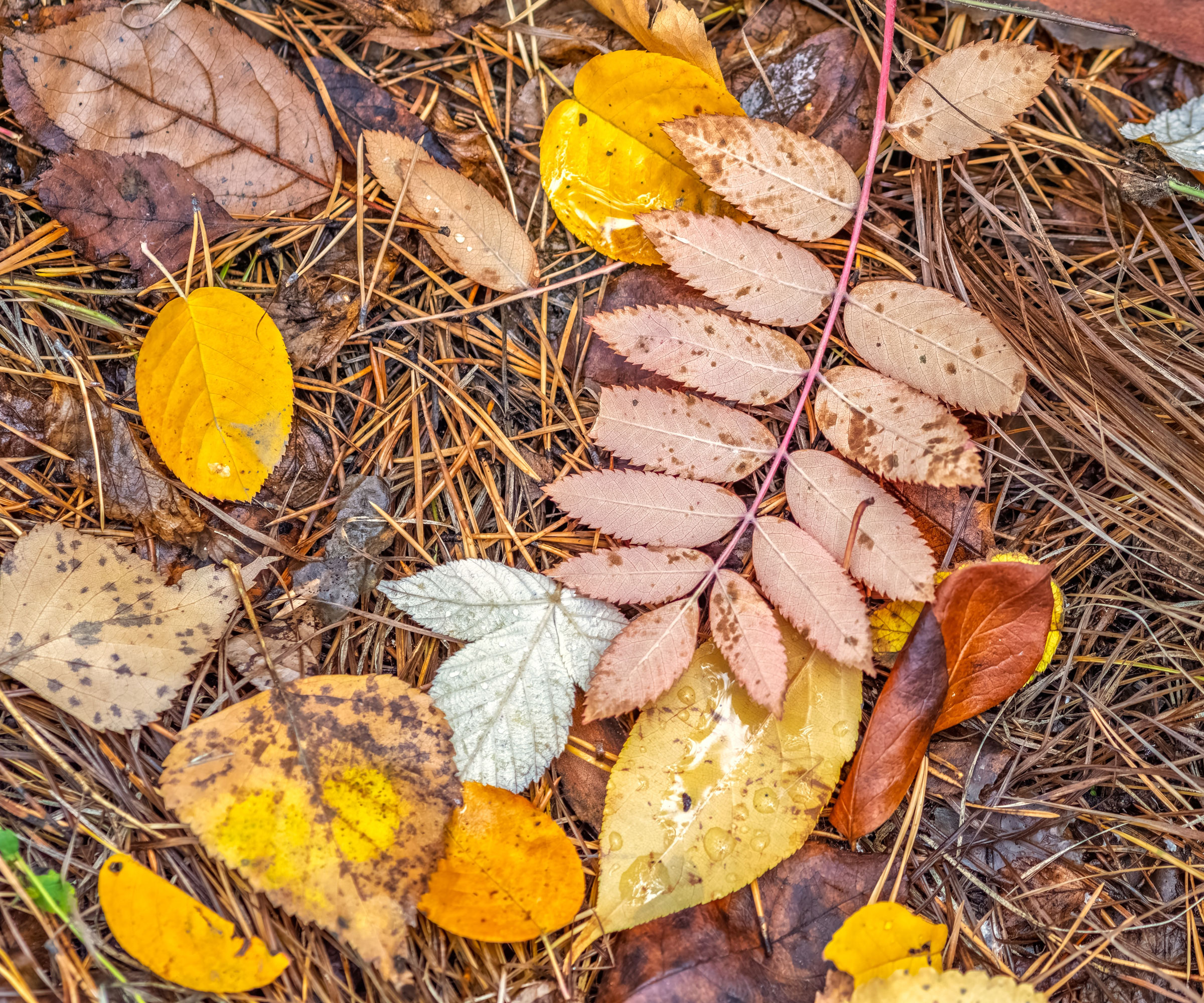
- Insect habitats: Insects are an important part of every ecosystem. This is certainly true for pollinators, but it is also true for insects like ants and beetles. Insects provide food for songbirds and small mammals. Fallen leaves create the ideal environment – a safe, moist blanket where they can lay eggs and shelter from predators. The leaf litter also provides a place for larval development. Leaving small wildlife corners under shrubs, leaves can sit undisturbed until spring.
- Wildlife habitats: For a year-round wildlife garden, there are countless benefits to leaf litter. Both leaf litter and the insects that shelter in it are vital components of healthy habitat for other wildlife. Birds, racoons and chipmunks look for insects in fallen leaves and use them as food. Toads and shrews live in leaf litter and use it to shelter from predators. Some animals like squirrels build their nests from leaf litter. Yet many overlook how late‑winter cleanup can expose early nesters – so consider waiting until a few consistent warm days before you tidy every last pile.
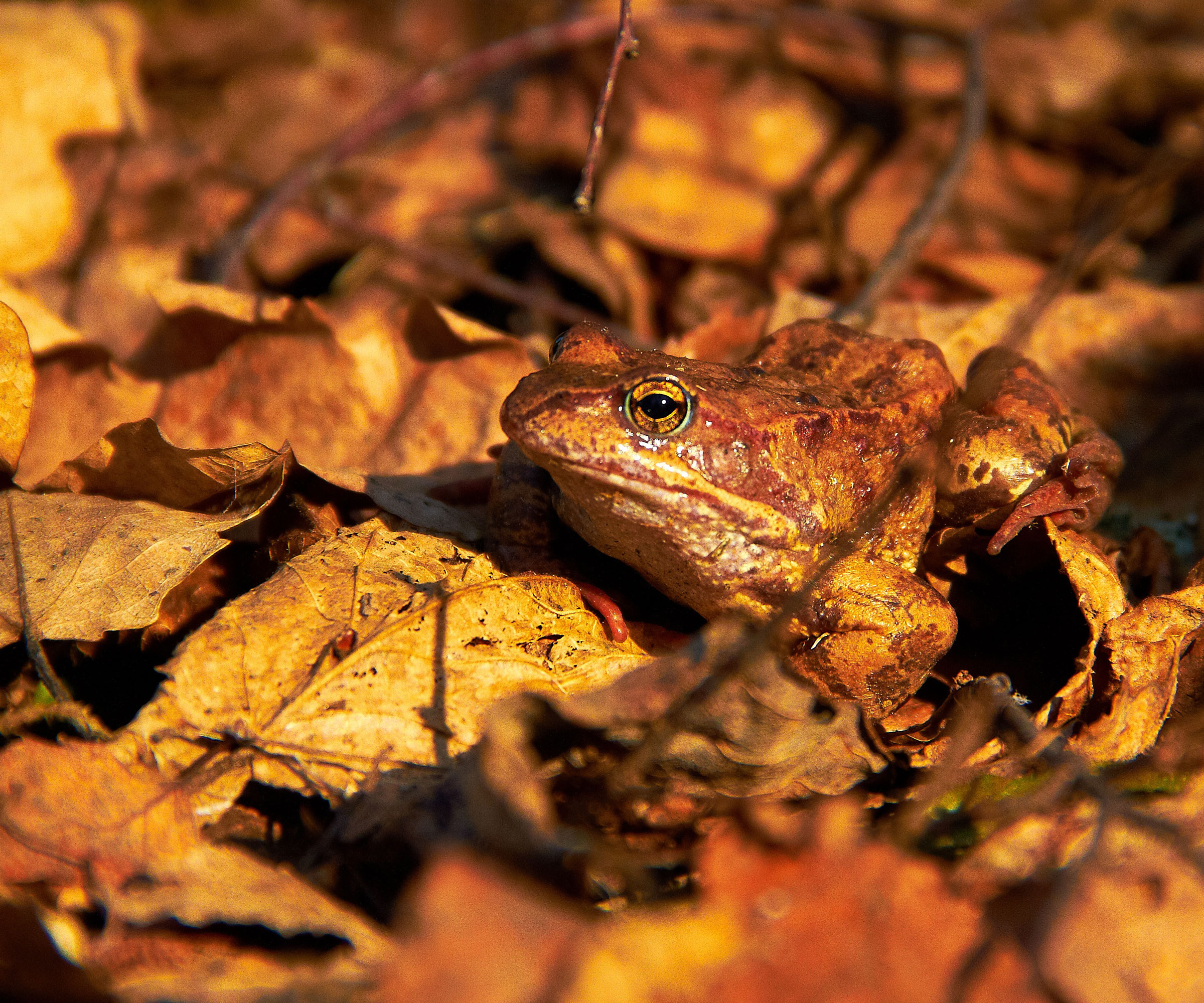
- Protecting the planet: Everyone is aware of the dangers of climate change. But not everyone knows that letting leaves decay into the soil can help with this issue. Decayed fallen leaves store carbon in the soil. Compare this with machines which can emit greenhouse gases that contribute to climate change – machines that can appear in gardens. Studies have found that one hour of using a gas-powered leaf blower can emit as much carbon dioxide as driving a car for 1,000 miles. (another good reason for switching to an electric model).
Potential Downsides of Leaving the Leaves
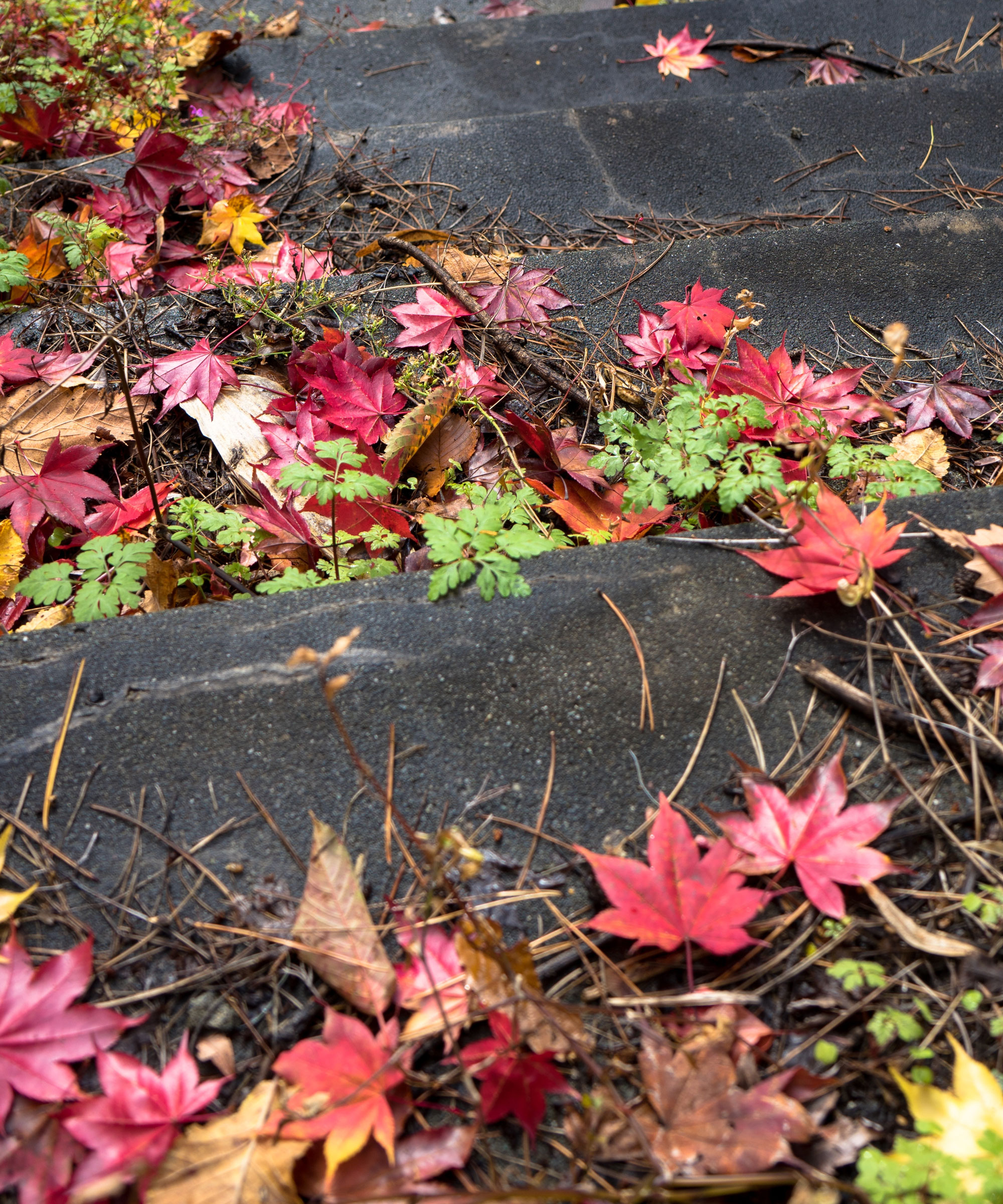
I have become a fan of leaving the leaves where they fall, and I have seen many benefits, including richer soil, fewer weeds, and more wildlife. My frog and hedgehog numbers have grown, and I’ve seen more wild birds every year. But that doesn’t mean there aren’t downsides to leaving the leaves. Too much of almost anything is a negative. Excess leaf litter does have the potential to negatively impact your garden.
A too‑thick mulch of fallen leaves can suffocate the plants below and prevent new seeds from germinating. When wet, thick leaf layers can create a slippery surface, and also create a spot for pests (like snails and slugs) and fungal diseases to flourish. Here are a few practical considerations, learned the hard way:
- Lawns need air and light: On turf, a thick, wet mat can smother grass crowns and encourage snow mold. Keep the lawn cover light – ideally a half-inch or an inch (1-2.5cm) after shredding – or move leaves into beds, transferring with collapsible bags such as GreatBuddy 72-Gallon Reusable Upright Yard Bags from Amazon.
- Watch crowns and low rosettes: Piling leaves directly over the crown of perennials or on low winter rosettes can lead to rot. Pull leaves back from plant centers by a few inches. It can help to use mulch rings around trees, such as Shimeyao Fabric Mulch Rings from Amazon.
- Consider pest harbors: Slugs, snails and voles love a soggy blanket. If you’ve battled them before, go thinner on leaves near and around hostas, lettuces and young seedlings.
- Think about safety and structures: Wet leaves on steps are slick, and piles against foundations can hold moisture. In wildfire‑prone areas, keep the first 5 feet (1.5m) around structures free.
- Don’t forget HOA or city rules: Some neighborhoods may limit leaf piles at the curb, or require bagging – make sure you check local guidelines or any homeowner association guidelines, then make your compromises inside the garden beds.
Finding a Compromise
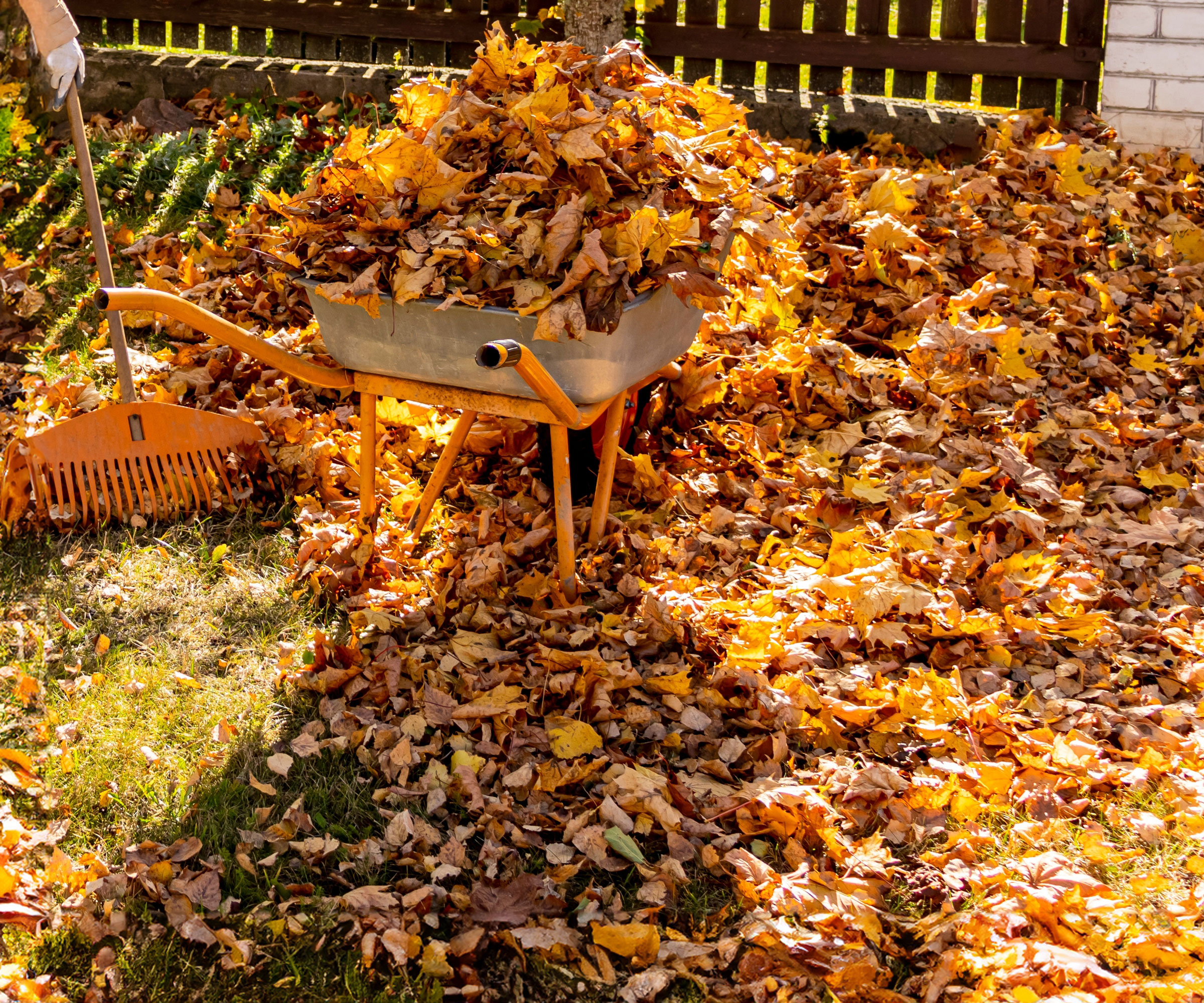
As you consider making a change from raking up leaves to leaving the leaves, remember that you don’t have to adapt a binary approach. When figuring out what to do with fall leaves, you can find a middle ground between all or nothing. Something in between might work better for you, so build your own compromise as you decide how to approach garden jobs and lawn care in October and beyond.
For example, you may be afraid that leaf litter will kill your lawns. If that’s the case, rake the leaves off the lawn into your beds. If you are worried that fallen leaves will make your walkways too slippery – which was my issue too – then use an electric leaf blower such as the Black & Decker Handheld Lightweight Leaf Blower from Amazon to transfer leaves off the sidewalk or pathway to more useful areas.
If the layers of dead leaves seem too great, as you navigate autumnal lawn care in particular, then move a few wheelbarrows of leaf litter into the compost pile. Chopping the leaves first helps them break down faster. A mulching mower such as the PowerSmart 3-in-1 Mulching Mower from Amazon makes quick work of a thick blanket, and a leaf shredder is handy if you deal with big volumes under oaks.
For those who like the idea of helping wildlife but prefer a tidy yard, rake those leaves into piles in different spots in your landscape. They will serve as wildlife hotels, while the rest of your landscape will be neat and clean. A simple rhythm works well – clear paths, lawns and patios, then leave or move leaves into beds and around trees (but not against the trunks) and under hedges.
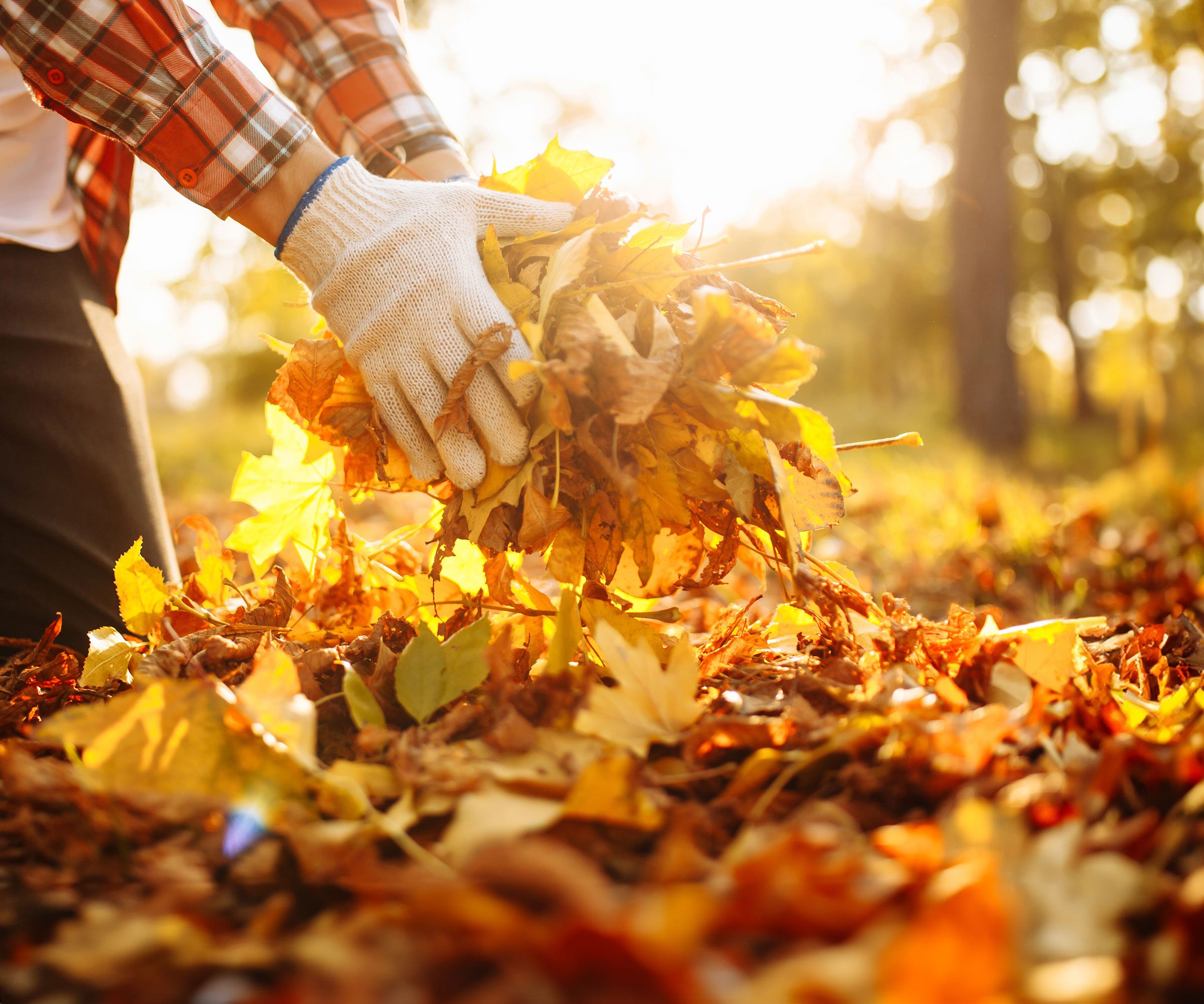
So Should You Leave the Leaves?
My answer is yes – and no! Leave them where they feed the garden and shelter life. However, move or shred them where they smother turf, create hazards, or invite pests. That middle ground gives you all the soil‑building and wildlife benefits you need, without inviting the headaches.
Don’t forget the hidden savings where you are able to introduce an element of this middle ground into your fall routine – fewer bags to haul, less purchased mulch, and less fertilizer because the leaves are doing quiet work for you. Start small this year, notice what works, then adjust your plan next fall. Enjoy those gorgeous leaves in a wonderful new way.
Need more ideas for timely gardening jobs and seasonal expert advice delivered straight to your inbox? Sign up for the free Gardening Know How Newsletter!
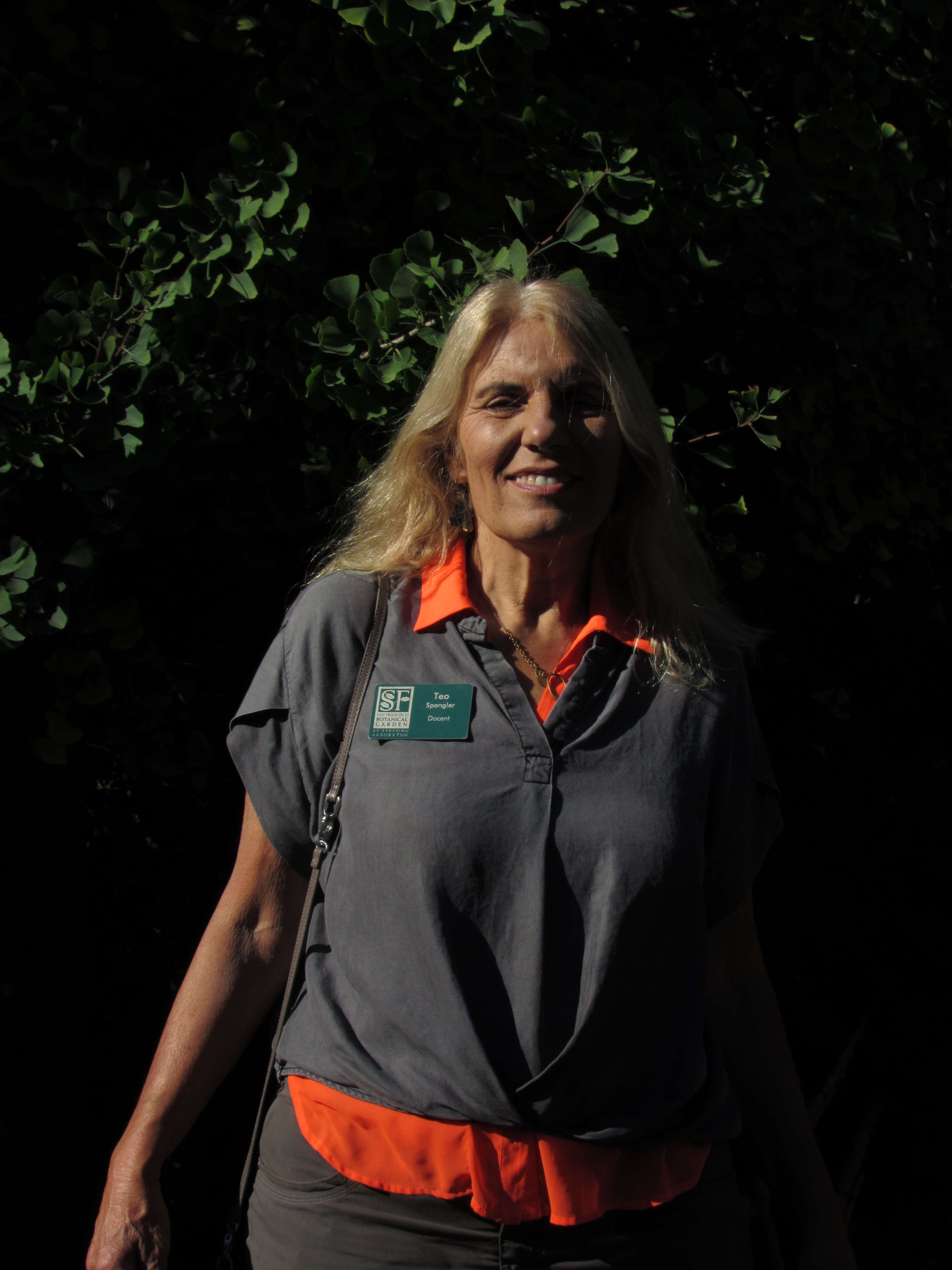
Teo Spengler is a master gardener and a docent at the San Francisco Botanical Garden, where she hosts public tours. She has studied horticulture and written about nature, trees, plants, and gardening for more than two decades, following a career as an attorney and legal writer. Her extended family includes some 30 houseplants and hundreds of outdoor plants, including 250 trees, which are her main passion. Spengler currently splits her life between San Francisco and the French Basque Country, though she was raised in Alaska, giving her experience of gardening in a range of climates.
- Janey GouldingContent Editor
- Amy DraissDigital Community Manager